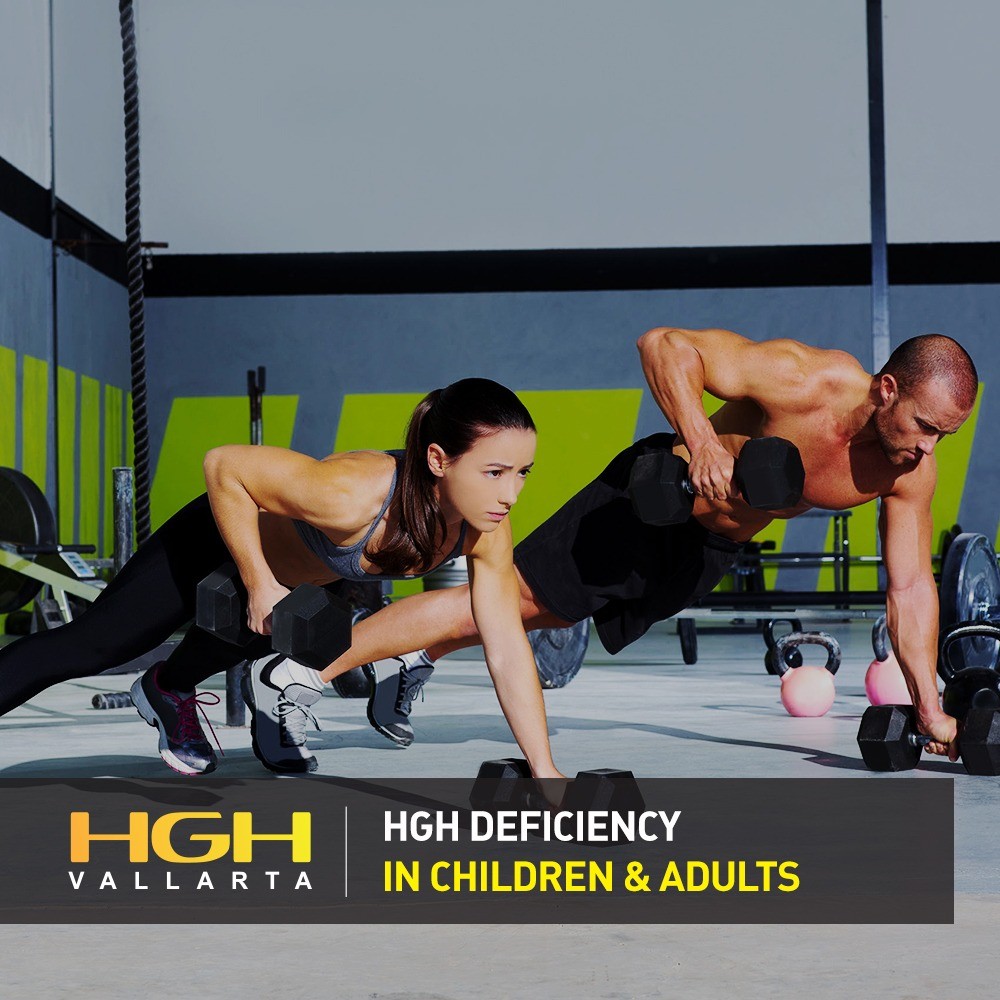Human growth hormone or HGH is a substance, which serves several purposes in the body. It is produced by the pituitary gland and helps in the development and growth of humans. However, there are times when the level of HGH in the body is insufficient to promote the vest state of health. When this happens, there are certain signs and symptoms that the body presents that will tell you to seek immediate medical help. HGH deficiency may happen in both children and adults.
What is HGH deficiency?
GHD or growth hormone deficiency is the result of a pituitary gland, which is inefficient. Although the pituitary gland is pea-sized, it is responsible for the production of the growth hormone, as well as other hormones, which are necessary for the body’s proper functioning. GHD has serious implications, especially in children as it affects bone density and body tissues. GHD occurs in about one out of 7,000 births.
Symptoms of HGH deficiency
There are various ways to detect HGH deficiency and one of the simplest ways is through the changes produced in the body. However, the signs and symptoms may differ from one person to another.
HGH deficiency in children and adolescents
Short stature is one of the most obvious symptoms of HGH deficiency and children with this disorder are usually shorter than their peers. A healthy child without the disorder has a growth expectation of 2.5 inches a year and this rate will continue until puberty when height growth is expected to be as much as 4 inches per year. Children with GHD grow less than 2 inches per year but they may still have normal body proportions.
Another symptom of GHD in children is delayed puberty. This is most typical when the disorder presents itself in a later stage. Aside from growth problems, sexual development is also impeded. For example, boys may not develop manly characteristics such as broad shoulders or a deep voice. Other symptoms to watch out for are poor hair growth, low self-esteem, slow tooth development and increase of fat on the waist and around the face.
HGH deficiency in adults
In adults, the symptoms of GHD will vary between individuals and there are particular changes in body compositions, which can be possible warning signs such as increase in fat mass and loss of lean muscles. Other signs are dry skin, osteoporosis, premature aging, vision loss, memory problems, mood swings, anxiety and depression, as well as insulin resistance.
Causes of HGH deficiency
When the pituitary gland underperforms, it often results to HGH deficiency. The cause could be congenital or it could also be acquired. However, experts say that the deficiency is rarely inherited from parents. Congenital GHD has been linked to an abnormality of the pituitary gland but it can also be the effect of another disorder.
AGHD or acquired growth hormone deficiency is a disorder, which was not present at birth, however, it developed later in life and could be the result of tumors in the brain.
HGH deficiency treatment
Synthetic growth hormones, HGH injections and HGH supplements are some of the solutions used to treat individuals with confirmed GHD. The treatment of the disorder using GHD started in the 1980s and during that time the growth hormone was extracted from cadavers. Today, science has come a long way and there is no longer a need to extract the hormone from cadavers.
HGH injections are administered to children who have growth problems so they can live healthy lives. A doctor closely monitors the level of the hormone in order to determine if there is still a need for further treatment.


